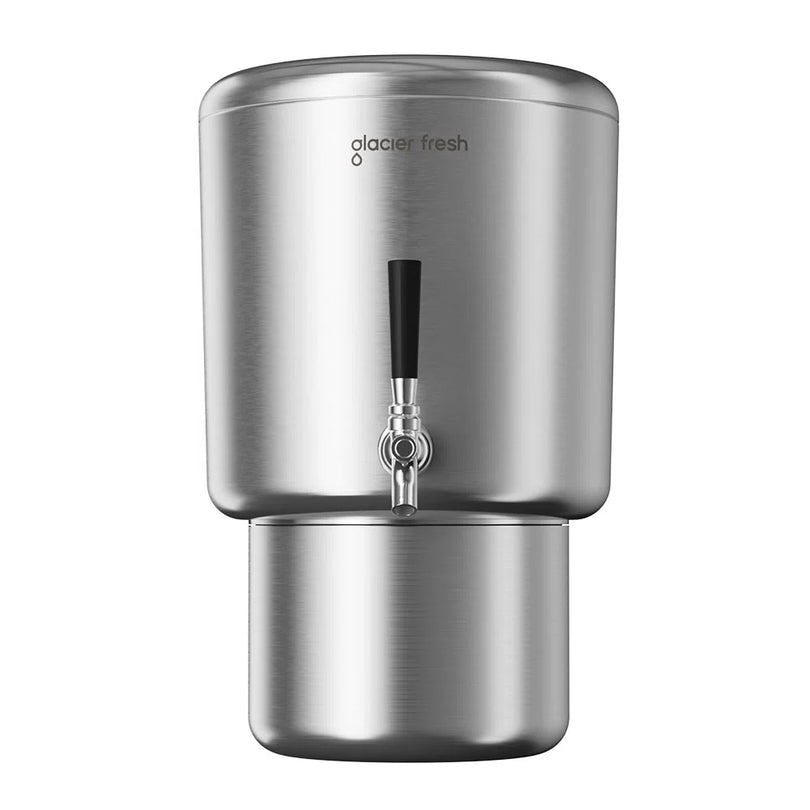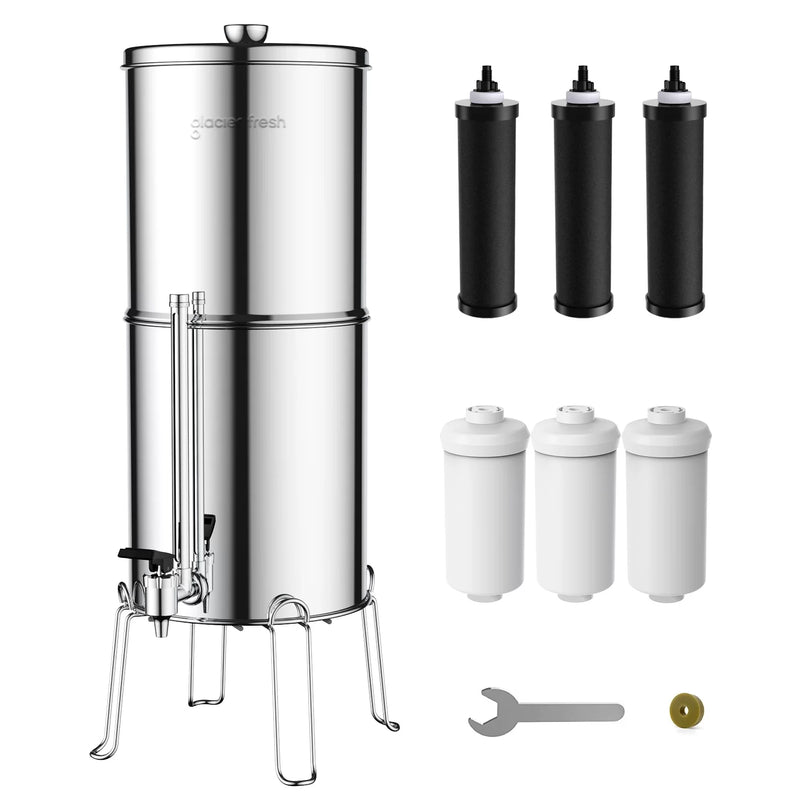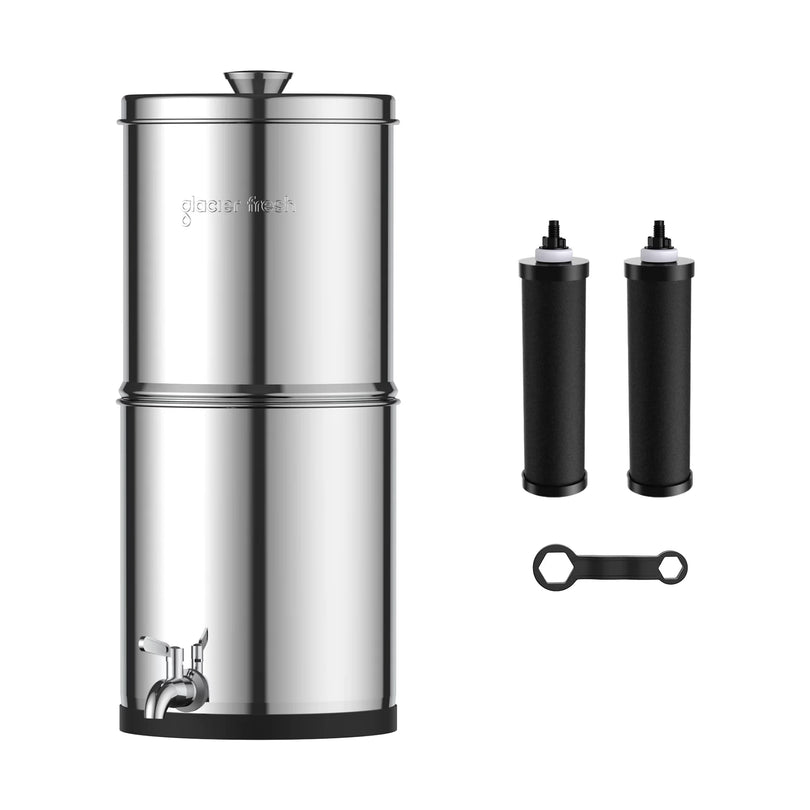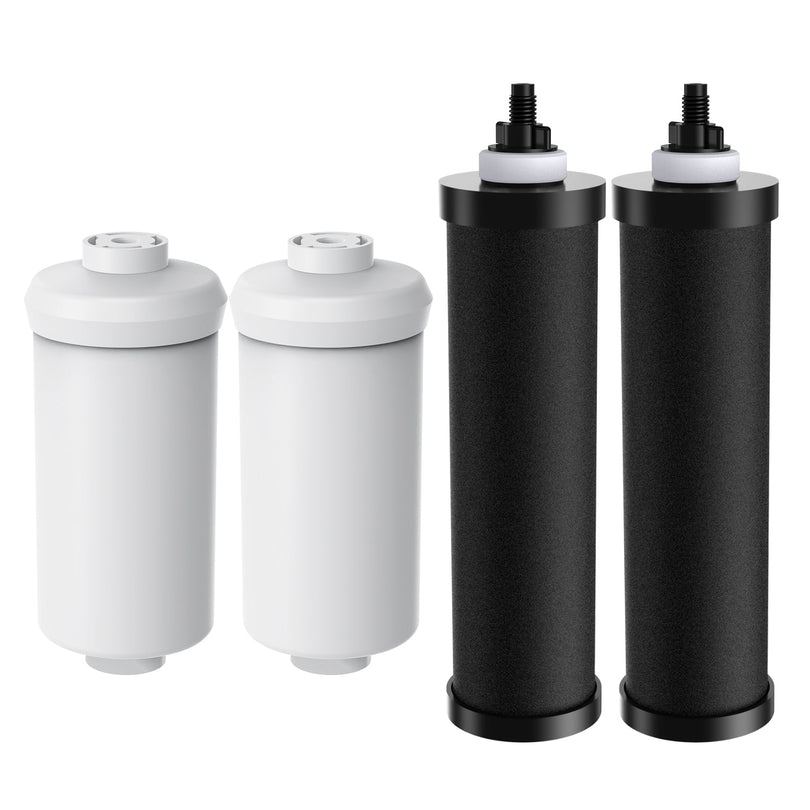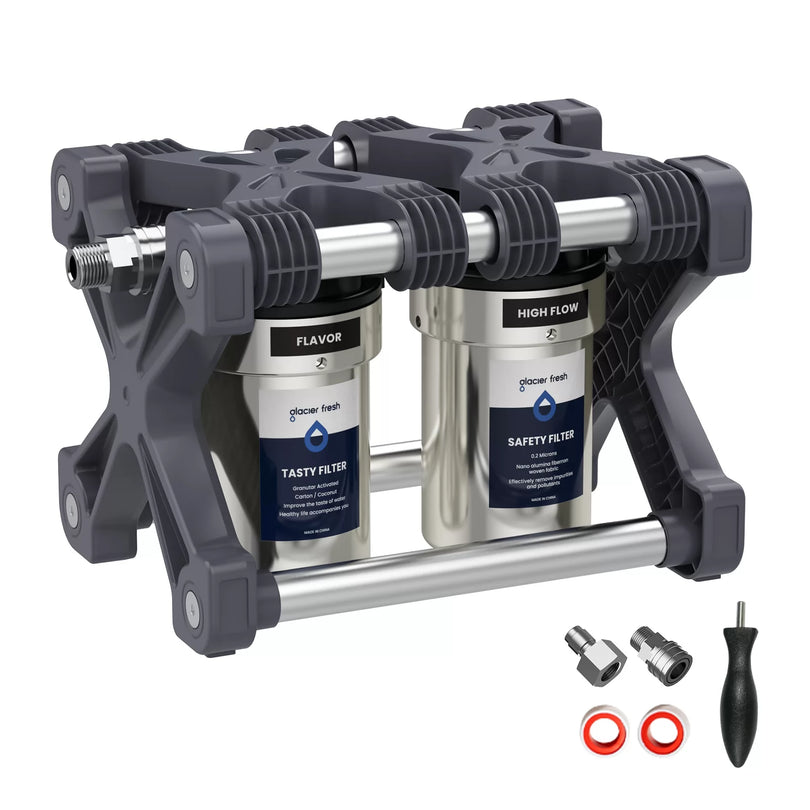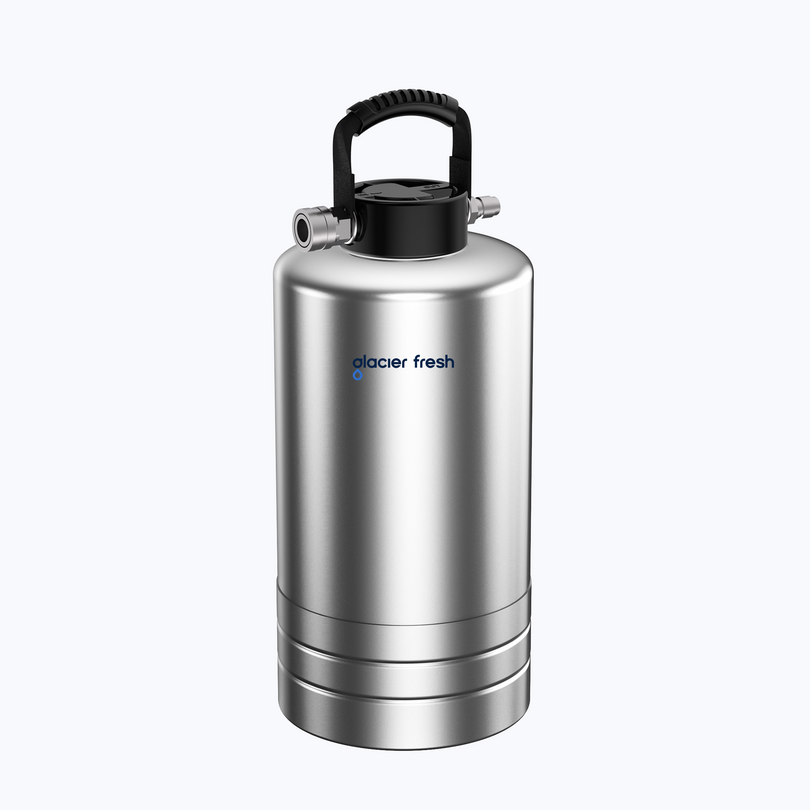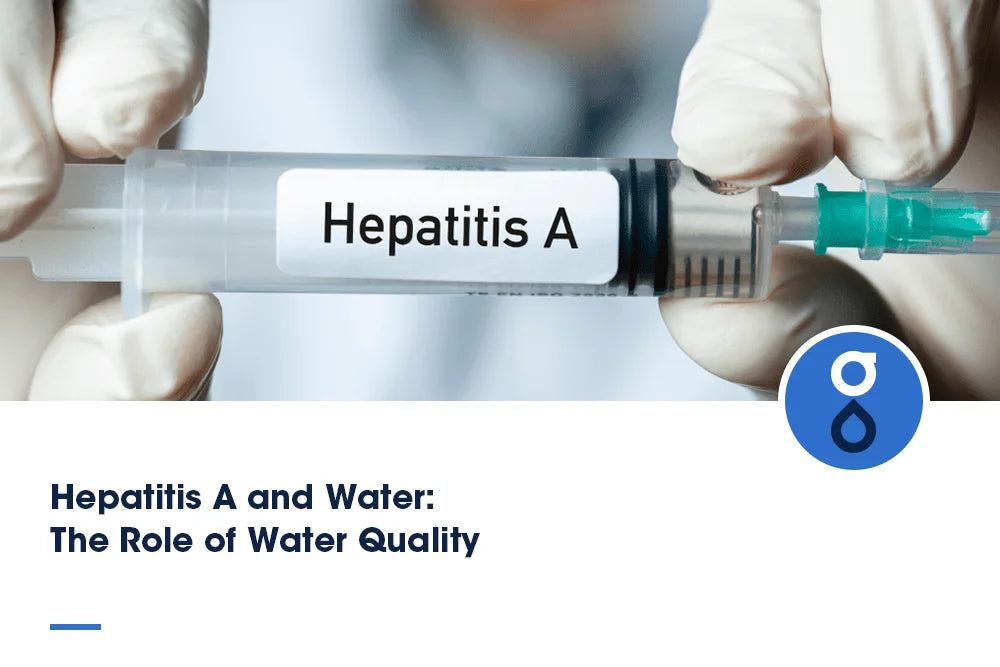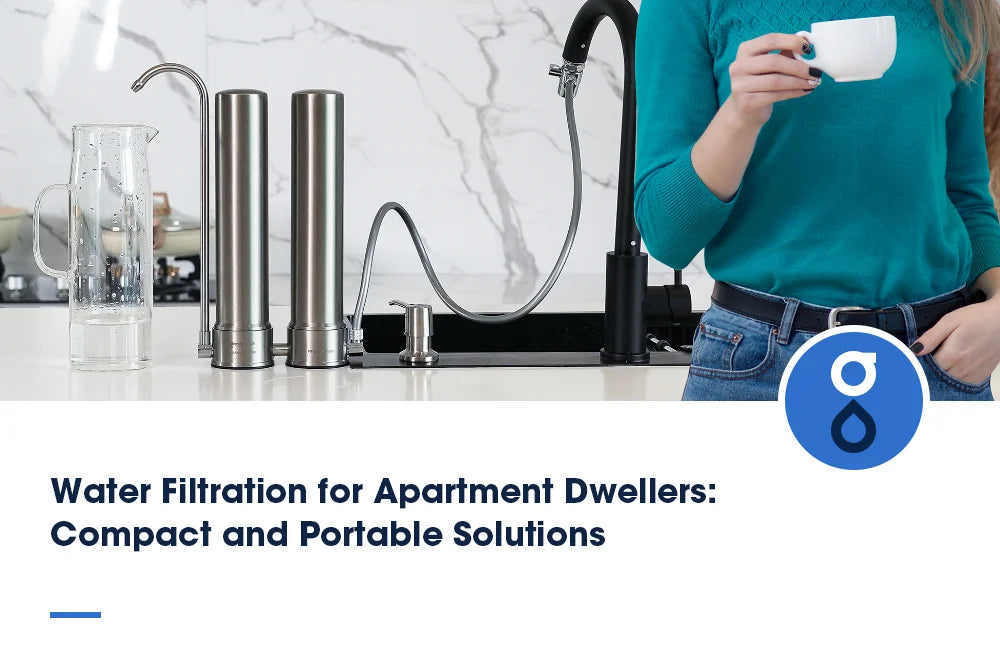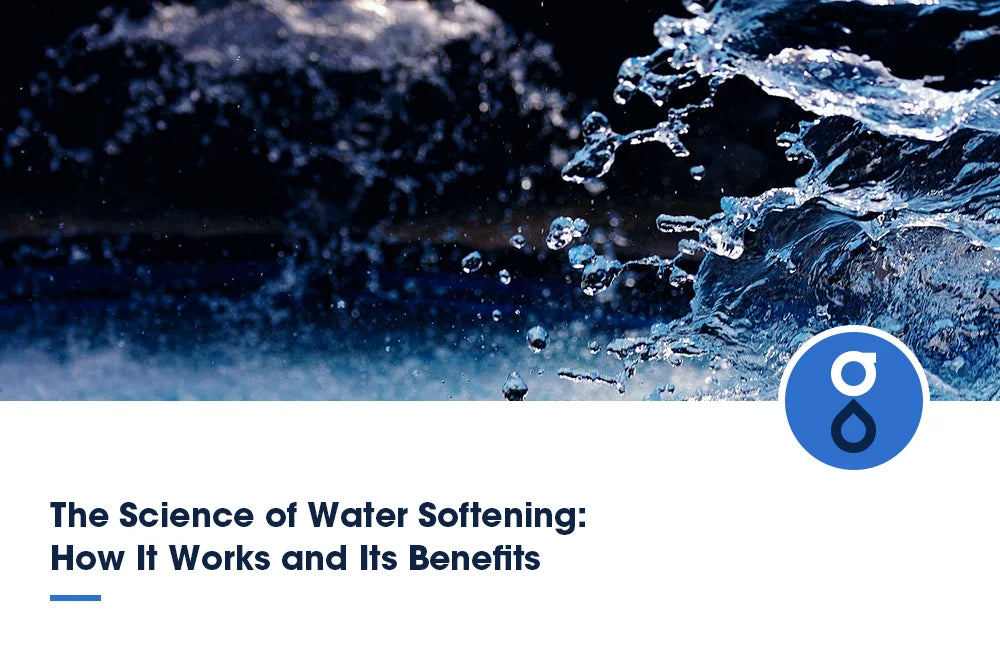Table of Contents:
Understanding the basics of hepatitis A
Common causes and symptoms of hepatitis A
How does hepatitis A spread through water?
The role of water purification in preventing hepatitis A
FAQs
Conclusion
Understanding the connection between Hepatitis A and water quality is essential for safeguarding public health. Contaminated water sources can serve as breeding grounds for the virus, posing a significant risk to communities worldwide. By exploring how Hepatitis A spreads through water and the critical role of water purification in preventing outbreaks, you'll gain valuable insights into the importance of ensuring clean and safe water for all.
Understanding the basics of hepatitis A

To grasp the fundamentals of hepatitis A, you must first comprehend its transmission and symptoms. Hepatitis A is mainly transmitted through the fecal-oral route, often due to contaminated food, water, or close personal contact with an infected individual.
Prevention methods include vaccination, good hand hygiene, and ensuring the safety of food and water sources. Risk factors for contracting hepatitis A include:
- Traveling to regions with high infection rates.
- Engaging in sexual activities with infected individuals.
- Living in crowded or unsanitary conditions.
Treatment options for hepatitis A are primarily supportive, focusing on rest, adequate nutrition, and fluids. The public health implications of hepatitis A are significant, as outbreaks can occur in communities with poor sanitation or hygiene practices.
Common causes and symptoms of hepatitis A

Understanding the common causes and symptoms of hepatitis A is essential for early detection and proper management of the disease. Hepatitis A is primarily caused by consuming contaminated food or water, especially in areas with poor sanitation. The virus can also spread through close personal contact with an infected individual.
Symptoms of hepatitis A typically include fatigue, nausea, abdominal pain, loss of appetite, and jaundice, which is characterized by yellowing of the skin and eyes. In some cases, individuals may experience fever and clay-colored stools.
Prevention of hepatitis A involves practicing good hygiene, such as washing hands thoroughly and avoiding consuming contaminated food or water. Vaccination is also available and highly recommended for individuals in high-risk groups or planning to travel to regions where hepatitis A is prevalent.
Treatment for hepatitis A mainly involves supportive care, such as rest, adequate hydration, and a healthy diet. The body can usually clear the virus independently without long-term complications. Understanding the causes, symptoms, and transmission of hepatitis A is crucial for protecting yourself and others from this infectious disease.
How does hepatitis A spread through water?

Hepatitis A can spread through water contaminated with the virus, posing a risk of infection to individuals who consume or come into contact with the contaminated water. Waterborne transmission occurs when sewage containing the hepatitis A virus contaminates drinking water sources. Poor sanitation practices, such as inadequate sewage disposal or improper water treatment, increase the likelihood of water contamination.
Public health efforts focus on preventing hepatitis A outbreaks by addressing water quality issues. Sanitation practices are crucial in preventing the spread of hepatitis A through water. Proper sewage disposal and effective water treatment are essential in reducing the risk of waterborne transmission. Public health authorities emphasize the importance of maintaining high water quality standards to safeguard against hepatitis A infections.
The role of water purification in preventing hepatitis A

Water purification plays a vital role in preventing the transmission of hepatitis A through contaminated water sources. By ensuring that water is treated and purified effectively, the risk of waterborne diseases like hepatitis A can be significantly reduced. Some key points to consider in this regard include:
- Purification methods, effectiveness: Advanced water treatment techniques, such as filtration, chlorination, and UV disinfection, can effectively eliminate harmful pathogens, including the hepatitis A virus, from water sources.
- Public health, regulations: Public health authorities play a crucial role in establishing and enforcing rules regarding water quality standards. These regulations help ensure that water purification processes meet specific criteria to safeguard public health.
- Community outreach, education: Educating communities about the importance of clean water and proper water purification techniques is essential in preventing water contamination and spreading diseases like hepatitis A. Outreach programs can empower individuals to take proactive measures to protect themselves and their communities.
Investing in water infrastructure and purification technologies is crucial for safeguarding public health and preventing waterborne illnesses like hepatitis A. By prioritizing water quality and purification, communities can create a safer environment for all.
FAQs
Can hepatitis A be transmitted through swimming pools?
Yes, hepatitis A can be transmitted through swimming pools if proper chlorine effectiveness is not maintained. Waterborne risks increase with contamination. Preventive measures are crucial for public health, including regular pool maintenance and hygiene practices.
Is it safe to drink tap water during a hepatitis A outbreak?
During a hepatitis A outbreak, it's best to stick to bottled water or tap water before drinking. Public health recommends these precautions to ensure safety. Water treatment and sanitation practices are crucial to prevent contamination and transmission.
Conclusion
In conclusion, maintaining clean water quality is crucial in preventing the spread of hepatitis A. Investing in water purification methods can help remove pathogens and safeguard public health. By ensuring the safety and quality of water sources, communities can reduce the risk of outbreaks and protect against waterborne diseases like hepatitis A. Proactive measures are essential in ensuring individuals' well-being and communities' overall health.





